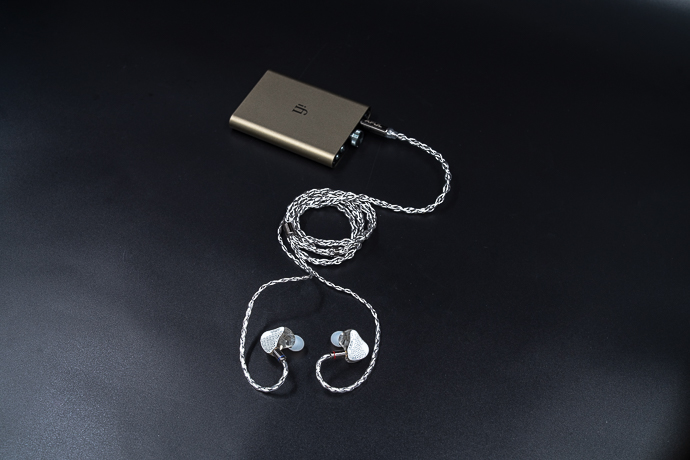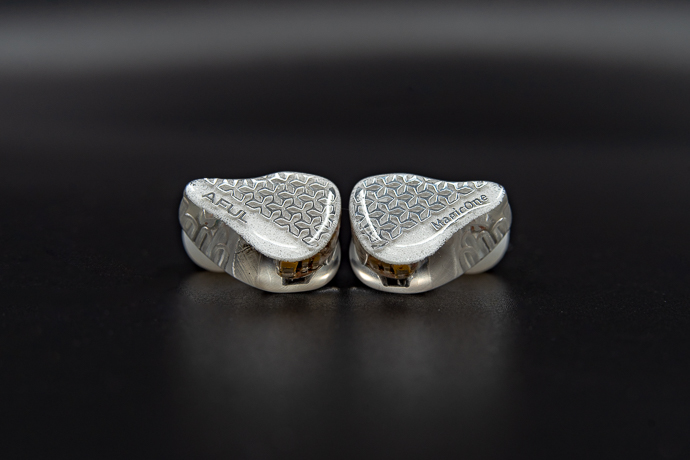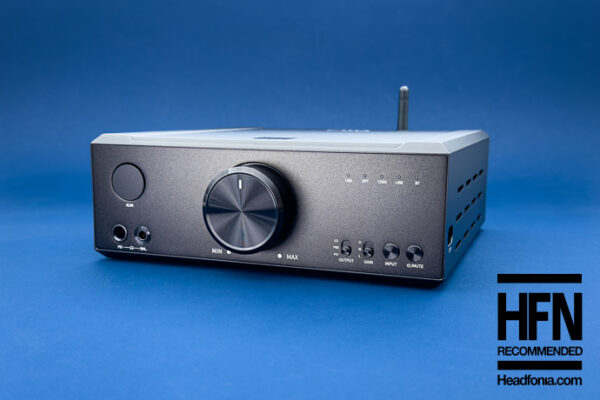Technical Performance
The Magic One offers a satisfying soundstage, impressing with its notable width. However, the depth falls short of making a significant impact, contributing to an overall presentation that might be described as somewhat papery, and lacking in texture. Consequently, the sound lacks the immersive and atmospheric qualities one might seek.
On a positive note, the Magic One succeeds in providing a spacious feeling, introducing a sense of breath and air throughout the spectrum. Another advantage of the Magic One lies in its capability to deliver very good resolution and transparency. This technical prowess adds to the overall appeal of the Magic One for users who prioritize high resolution and transparency. The instrument separation is also noteworthy and micro-detail accuracy is impressive. However, the layering is not particularly strong, resulting in a somewhat one-dimensional sound.
Regarding timbre, while not claiming the top spot in its price bracket, the Magic One delivers a respectable performance. The mids exhibit a well-balanced tonality, and the instrument timbre is generally pleasant. There’s room for improvement, but given its price point, the Magic One strikes a commendable balance in terms of tonality, making it a reasonable choice for those seeking a well-balanced sound signature without breaking the bank.

One surprising aspect of this IEM is that it’s not straightforward to drive. It requires a certain amount of power to shine, as I usually found myself cranking up the volume or amplifier gain in my DAPs and DAC/Amps.
Comparisons
With identical shapes, package contents, and comfort, both the P5 and Magic One emerge as solid options for audiophiles seeking excellent value. However, the Performer 5 appears to have a noticeable advantage. Its bass stands out with a much more textured quality, featuring better decay and accuracy.
The Performer 5 manages to capture nuances like rumble and impact more effectively, enhancing the overall low-frequency performance. The biggest difference in the mid-range is the overall body and fullness, in which the P5 excels more. Also, the P5 to me has a better dynamism and note thickness.

Another single-driver design, albeit a DD one, is the Starfield 2. It comes in a cost-effective package just like the Magic One, and it impresses a bit more with its aluminium body. Magic One looks much cleaner and elegant though.
Comparing the bass performance, the Starfield 2 demonstrates better texture and dynamism, compensating for a slight deficiency in mid-bass with an impactful rumble in the sub-bass range. It also holds an edge in the mid-range performance, to me, due to its slightly lower price bracket. Both IEMs offer competent mid-range performance for their respective prices, but the Starfield 2 seems to deliver a more competitive display.
Moving to the treble, the Starfield 2 is slightly better, though it tends to be a bit aggressive. On the other hand, the Magic One boasts a more refined and smooth treble range, providing a more comfortable listening experience. While the Starfield 2 may excel in certain aspects of bass and mid-range, the Magic One stands out in offering a more polished and enjoyable treble presentation, albeit lacking in the extension department. Ultimately, the choice between the two may depend on individual preferences and priorities in terms of sound signature.
For 40 dollars more, there’s the Tanchjim Kara, with an industrial but similar ”snowy white” design language and more premium packaging. Although I’d have to say that the AFUL’s design is neater and crystal clear.
For sound, the Kara performs better in the mid-bass section with better texture and general fullness in the sound. I don’t think Kara is an exceptional performer in the bass department either, but it simply has better note thickness and texture.
The mid-range, as a result of its overall texture and layering advantage, is better in the Kara since it also defines the mid-range a bit better. When it comes to treble, both IEMs are conservative with a very controlled approach.
I think both are good performers for the price and you can get them both, depending on your exact budget spared to buy a budget-fi IEM. If you want a mid-centric IEM you can get the Kara, but if you want a more subtle and flatter sound, you can go for the Magic One.

Conclusion
AFUL Magic One is a testament to the delicate balance required to achieve optimal sound quality in the realm of single full-range BA drivers. Some of its qualities are very impressive, especially resolution and clarity.
But it seems like the old story is still true. It’s not that easy to extract tremendous performance from a single full-range BA driver. Despite the impressive effort by AFUL, as evidenced by the innovative acoustic tube design inspired by Bowers & Wilkins’ Nautilus, there are inherent limitations to how much further improvement can be made with a sole BA.
The difficulties of achieving a well-rounded and highly nuanced sound, particularly in addressing areas like bass response and treble extension, remain complex with a single full-range BA setup. While creative solutions can enhance performance to a certain extent, there’s a ceiling on the potential improvements.
Pros:
- Nice build quality and design
- Good fit
- Clear, resolving sound
- Good stage width, imaging and transparency
Cons:
- Bass isn’t impressive
- Papery sound with not much dimension
- Lacking extension on both poles of the spectrum







